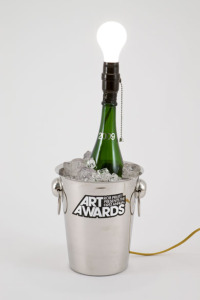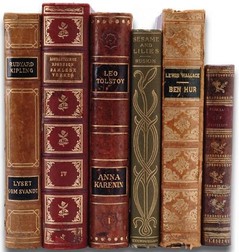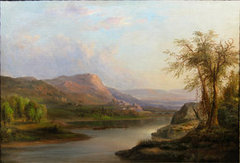Are there more art prizes for individual artists this year, or does it just seem that way? And are they all worthwhile?
I’ve posted here about several — the MacDowell Medal, the Wolgin Prize, Guggenheim Fellowships, the Public Art Award, the Biennale’s Golden Lion award, and of course ArtPrize. Some new, some old, and just a small sampling of those available.
 Last Thursday came the brand new “First Annual Art Awards” produced by artist Rob Pruitt at the Guggenheim Museum “in association with” White Columns and “event partner” Calvin Klein Collection. Phew.
Last Thursday came the brand new “First Annual Art Awards” produced by artist Rob Pruitt at the Guggenheim Museum “in association with” White Columns and “event partner” Calvin Klein Collection. Phew.
The dozen awards were for lifetime achievement, an international exhibition, and nine meant for exhibitions and projects that had significant impact on the field of contemporary art and took place between January 2008 and June 2009 in the United States. Artists and art world professionals (it’s unclear how they were chosen) selected the winners, except for the two Lifetime Achievement Awards, which were determined by Pruitt, the Guggenheim and White Columns, and the Rob Pruitt Award, which “was decided solely by the artist.”
The awards were given at a dinner at the Guggenheim, intended to rival the Oscars: “Tickets for the event were offered by invitation only.” The prizes, designed by Pruitt, were fashioned as buckets of Champagne that are actually lamps.
Ok, it was a benefit, but the whole thing strikes me as off-key — a fest for the elite that ends up being more about partying than art, and alienates the general public. And, yes, as the Los Angeles Times’ Culture Monster blog said, it was supposed to be ironic — but I wonder if that’s how it was perceived. David Ng, the LAT writer, wondered, too. Many news outlets seem to have ignored the whole thing.
[Read more…] about Send This Art Prize Back To The Drawing Board



 Yesterday’s Lexington, Ky. Herald-Leader printed one of those occasional stories about an art find that cheers the spirit and keeps many people buying old paintings. This one isn’t anywhere near as good as the
Yesterday’s Lexington, Ky. Herald-Leader printed one of those occasional stories about an art find that cheers the spirit and keeps many people buying old paintings. This one isn’t anywhere near as good as the 
 At last, the White House is ready to take on classical music in its series of music events. Next Wednesday, following the pattern it set with
At last, the White House is ready to take on classical music in its series of music events. Next Wednesday, following the pattern it set with